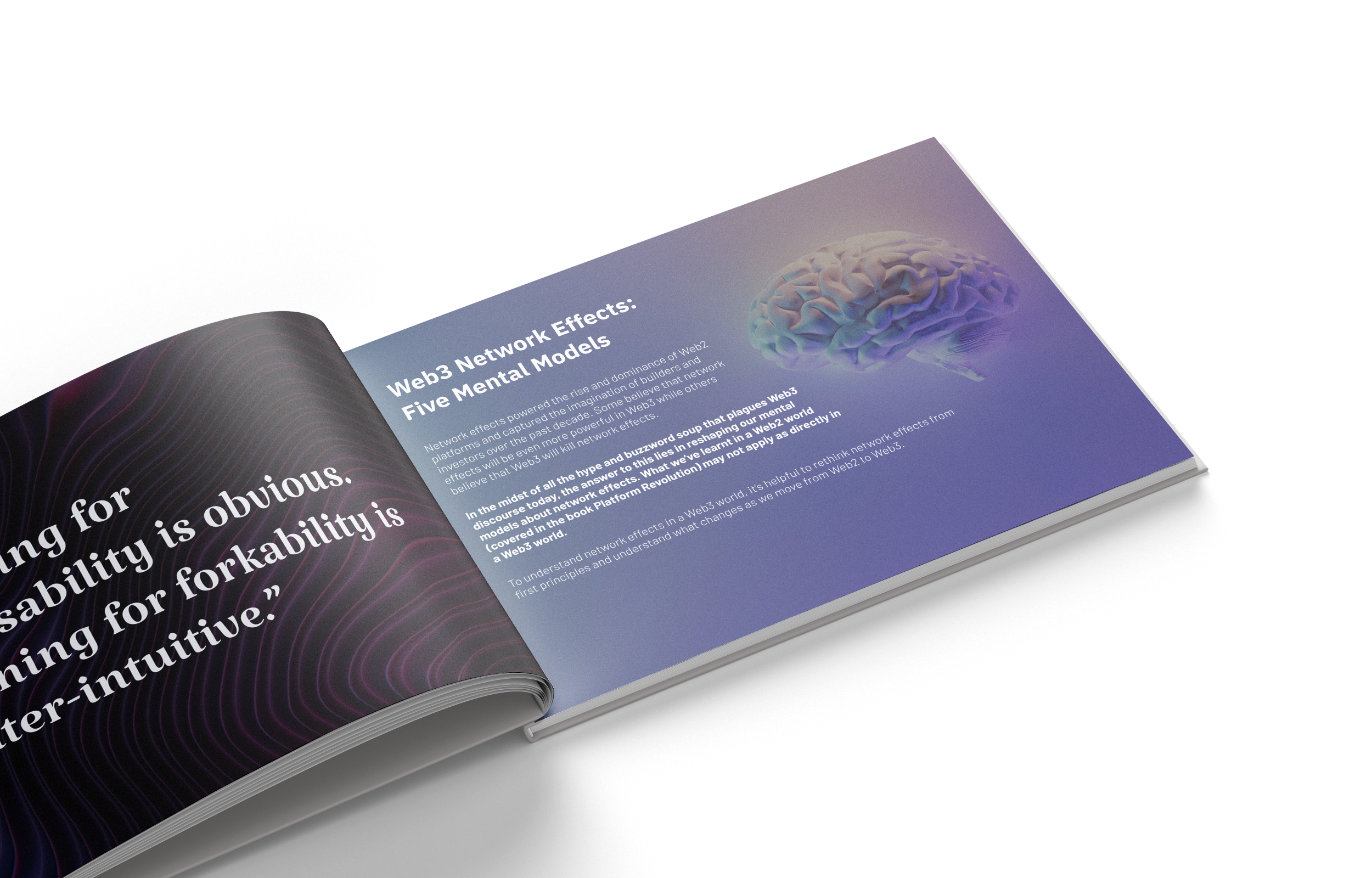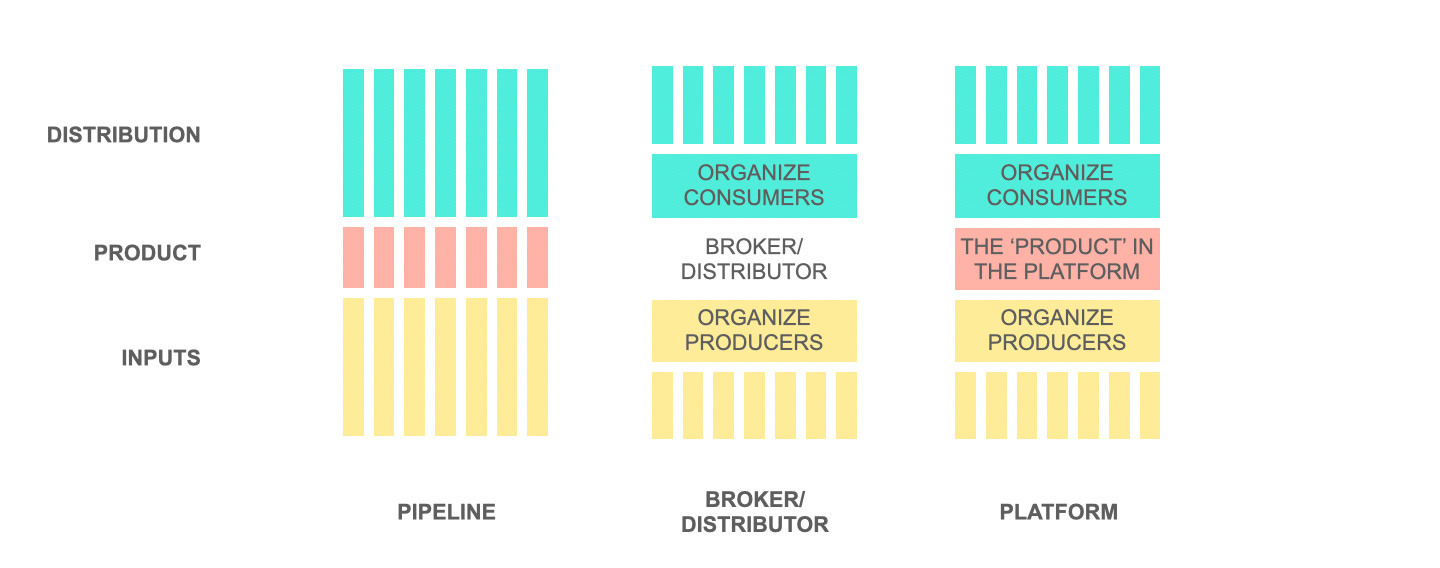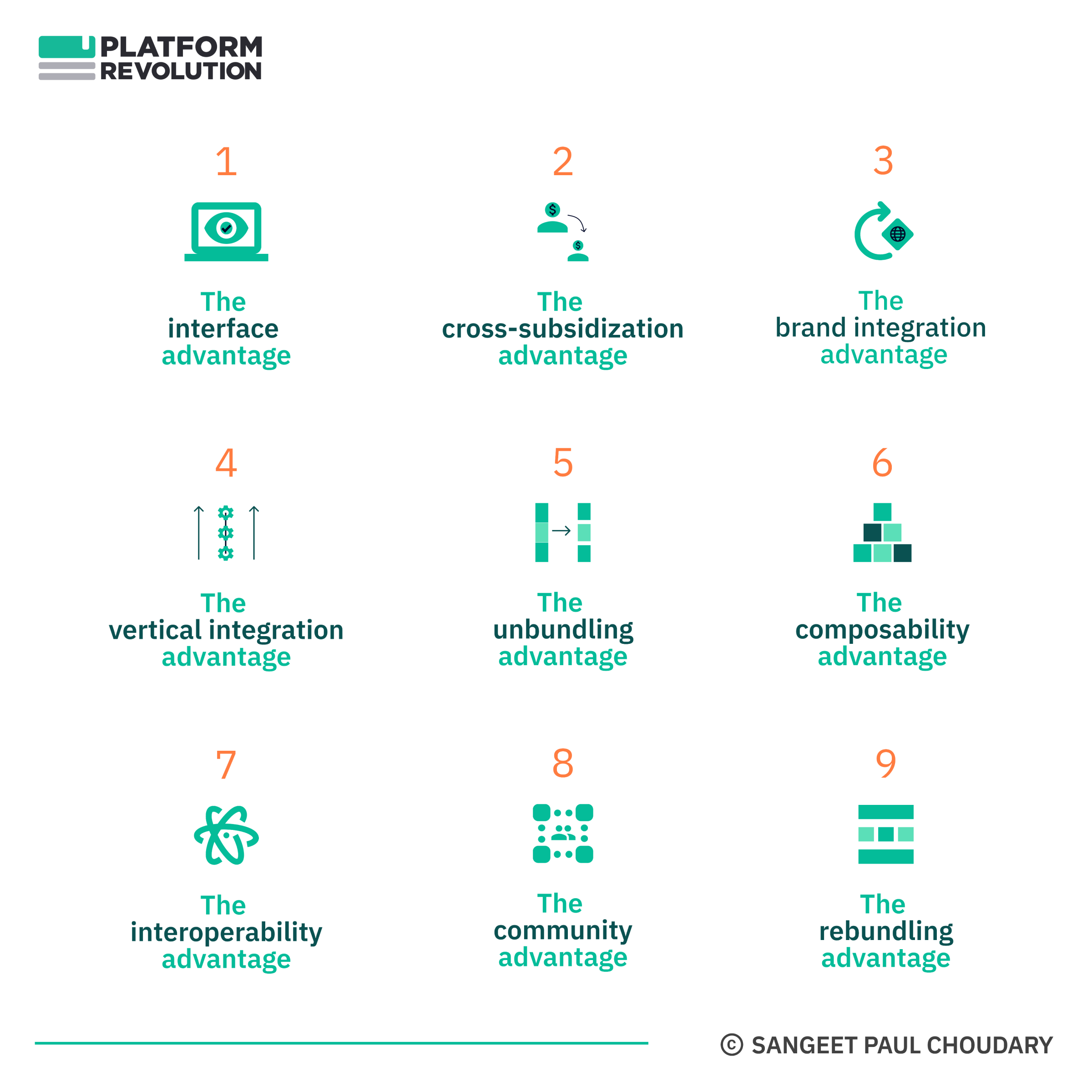Strategy
Web3 Bootstrapping Strategies – Part 2
Engaging Users with Transactional Incentives
For those of us who grew up with Web2, Web3 bootstrapping is – as the Thais would put it – same same but different.
In last post about Web3 bootstrapping strategies, I expanded on two of key tools in our web3 bootstrapping arsenal.
The first – the shift from creator toolsets to composable environments – as a key tool to bootstrap creator economy platforms.
The second – the shift from proprietary data ;lock-in to interoperable data – as a key tool to kickstart new applications which would have starved for data in Web2’s walled gardens.
This week, we look at three additional strategies when bootstrapping web3 ecosystems. All five of these strategies are covered in detail in the Web3 Builders Playbook.
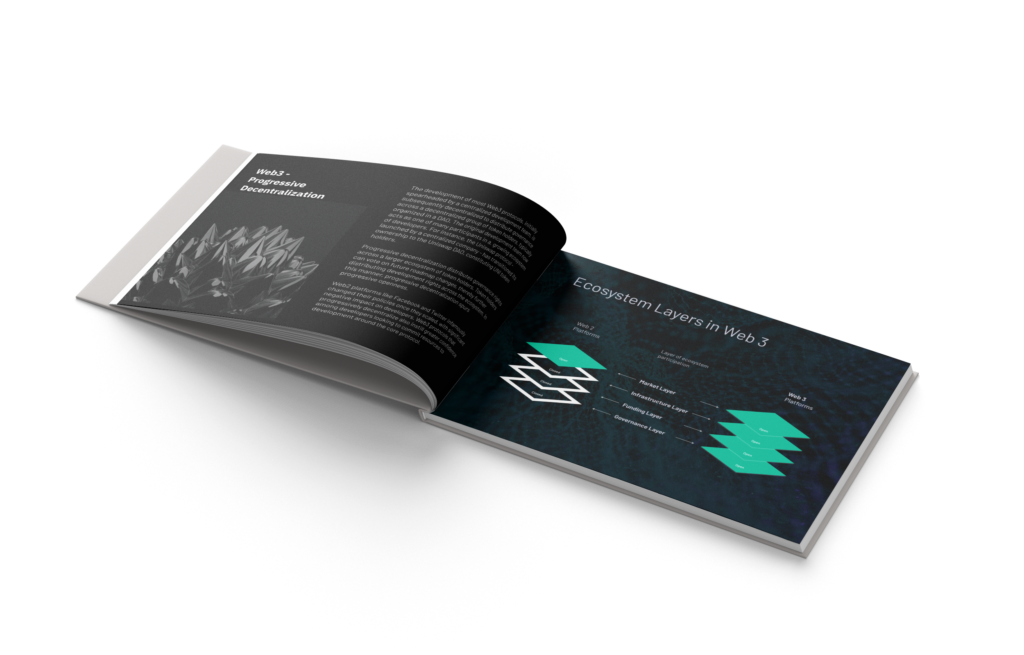
Web3 bootstrapping is poorly understood and strategies to kickstart decentralized ecosystems are still evolving. Understanding these factors will help you strategize more effectively as you look to build in Web3.
Let’s dive right in!
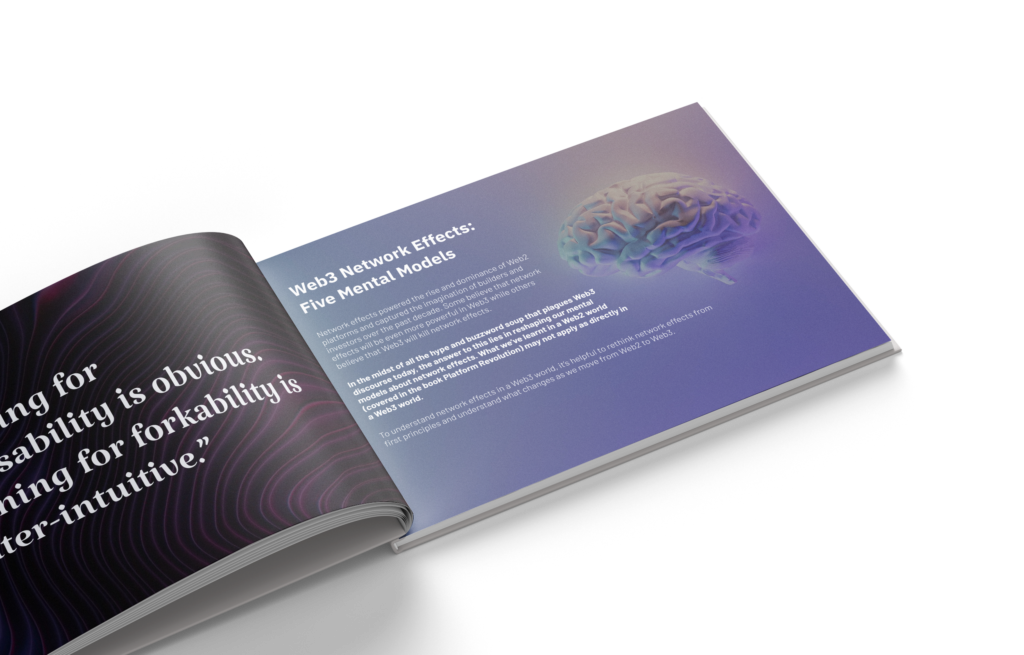
Download The Web3 Playbook
Web2: Scaling through progressive openness
Web2 platforms built network effects through progressive openness. Many platforms would start out within closed networks, drive interactions and engagement, and then open out to additional stakeholders.
Facebook, for instance, started out as a closed network inside university campuses – starting with Harvard University – before it opened out to allow all users to come on board.
The Q&A platform Quora started out with Quora employees and their immediate network performing all three core actions: asking questions, answering questions, and voting on answers to help push the best ones to the top. Over time, they scaled out the platform through progressive openness. Users coming on board would ask questions while in-house employees – as users themselves – would provide answers. In some cases, Quora employees – as users – would see questions and external users would answer them. Quora initially weighted employee votes higher but as user activity increased, voting activity on answers transferred entirely to external users. As a result, Quora built out its content through progressive openness. As the corpus of content increased and increasingly got indexed in search results, more users came on board driving greater adoption.
The cycle of progressive openness – where every role on the platform is gradually opened out to an increasing number of ecosystem users – drives the creation of network effects on Web2 platforms.
Web3: Scaling with progressive decentralization
Web3 platforms also scale out through progressive openness. But web3 platforms are open not only at the participation layer but also at the governance and funding layers. Hence, in addition to progressive openness, these platforms can scale their adoption through progressive decentralization as well.

Get a Copy of the Web3 Playbook
The development of most Web3 protocols, initially spearheaded by a centralized development team, is subsequently decentralized to distribute governance across a decentralized group of token holders, typically organized in a DAO. The original development team now acts as one of many participants in a growing ecosystem of developers. For instance, the Uniswap protocol – launched by a centralized company – has transitioned its ownership to the Uniswap DAO, constituting UNI token holders.
Progressive decentralization distributes governance rights across a larger ecosystem of token holders. Token holders can vote on future roadmap changes, thereby further distributing development rights across the ecosystem. In this manner, progressive decentralization spurs progressive openness
Web2 platforms like Facebook and Twitter infamously changed their policies once they scaled, with significant negative impact on developers. Web3 protocols that progressively decentralize also instill greater confidence among developers looking to commit resources to development around the core protocol.
Decentralization provides an additional lever to gain ecosystem adoption, which in combination with openness ensures greater ecosystem participation over time, driving stronger network effects and value creation around the protocol.
Web2: Engaging users with transactional incentives
On Web2 platforms, users primarily derive transactional benefits. For instance, a project creator on Kickstarter would promote their project to their social media following and mailing lists to benefit from crowdfunding. Online education marketplaces like Skillshare started by onboarding star educators like Seth Godin who would then promote their course to an established following they had already built outside the platform.
In both these examples, the transactional benefits of the platform (get your project funded on Kickstarter, sell your course on Skillshare) were the primary reasons why producers brought their following onboard the platform. In some cases (e.g. Skillshare), the platform didn’t charge transaction fees on transactions where the producer had onboarded off-platform followers. However, benefits for power producers on Web2 platforms were limited to such transactional benefits.
Progressive decentralization distributes governance rights across a larger ecosystem of token holders. Token holders can vote on future roadmap changes, thereby further distributing development rights across the ecosystem. In this manner, progressive decentralization spurs progressive openness.
Feel Free to Share
Download
Our Insights Pack!
- Get more insights into how companies apply platform strategies
- Get early access to implementation criteria
- Get the latest on macro trends and practical frameworks
Web3: Engaging users with ownership benefits
Web3 platforms unlock three additional value levers for users.
Through fungible and non-fungible tokens, users gain greater returns on their actions in helping grow an underlying platform.
Tokenized platform ownership benefits: First, Web3 platforms can award tokens to power users which enable them to gain ownership benefits beyond the transactional benefits that Web2 platforms provided. For instance, a power user on a Web3 platform may benefit from more platform transactions by bringing followers on board, and also from earning more tokens as reward for actions like onboarding their following. As the underlying protocol usage scales, the growing token value accrues upside in the favour of these power users. In this manner, the power user gains the benefits of both transactional volume on their own creations as well as growth in underlying protocol usage.
Tokenized content ownership benefits: Web3 platforms also provide content ownership benefits when products or content created by power users are set up as non-fungible tokens (NFTs). While Web2 platforms only allowed creators to gain transactional benefits from the first transaction, Web3 platforms can enable power users to gain ownership benefits beyond the first transaction as they continue to see benefits from secondary transactions conducted by subsequent owners of the product/content.
Fractional ownership benefits: NFTs may also be fractionalized and reused by other platform users. For instance, course creators on Udemy and Skillshare only benefited from the transaction of the actual course. A Web3 online learning platform could allow creators to set up courses as NFTs. Components of these courses could be fractionalized and used by other course creators within their own courses, while the underlying NFT would allow superior copyright ownership and attribution, ensuring that proceeds from the sales of derivative courses also accrue to the original course creator.
Filmio, a platform for funding media project, uses two different tokens to achieve the dynamics above. FILM tokens are security tokens available to investors looking to fund new projects. FAN tokens are utility tokens used to reward network participation. FAN tokens are used for voting on film projects and participating in other community interactions.
Effectively, through additional ownership benefits – both in terms of platform ownership and content ownership – users are incentivised to keep promoting not just their own content (as they already did in Web2) but also the underlying platform and any derivative content that is created on the platform.
And here’s the full playbook:

DOWNLOAD THE WEB3 PLAYBOOK
Web2: User benefits drive adoption
The shift from pipelines to platforms heralded a shift from mass consumption to personalized consumption. Customer-centricity took over the marketer’s lexicon and brands scampered to capture customer data and deliver highly personalized experiences.
Bootstrapping Web2 platforms on the consumer side often required getting to that minimum accumulation of user data that would enable the platform to personalize user experiences. Consumer adoption involved a linear mental model across consumer acquisition, activation, and retention. UX designers leveraged the principles of behavior design and habit formation to increasingly nudge consumers towards ever-higher levels of engagement.
Web3: Co-ownership incentives organize communities
Tokenization changes the dynamics of user participation in Web3 ecosystems and garners participation beyond mere consumer engagement.
First, tokenization delivers ownership benefits, which allows users to own a part of the network they help bootstrap.
Second, shared ownership facilitated through NFTs provides membership benefits to NFT holders by enabling access to exclusive ‘token-gated’ experiences, which in turn increases community engagement.
Finally, NFT ownership combined with the setup of a DAO (decentralized autonomous organization) allows holders to have a say in the governance and roadmap of a particular project.
Communities propel Web3 projects forward by contributing their resources, driving ownership value, and advocating adoption to other users.
Kickstarting community adoption requires a shared understanding of the community’s core value proposition to members, benefits of community belonging and membership, and factors that drive value creation and impact.
Scaling web3 communities
Token grants and airdrops may help incentivize initial adoption as well as target specific member profiles, based on the tokens they already hold. Scaling community adoption is best achieved through power users – who now benefit from ownership benefits and are incentivised to onboard new community members aligned with the purpose.
As community adoption scales and network effects become stronger, the project may progressively decentralize governance and ownership, driving up greater value for community members.
Long term value in the community is created through (1) structuring rights, reputation, and reward structures that incentivize necessary contributions (and may require iterative fine tunning of the token model) and (2) progressive decentralization to ensure that members gain greater agency and ownership over the success of the project, as it scales.

DOWNLOAD THE WEB3 PLAYBOOK
State of the Platform Revolution
The State of the Platform Revolution report covers the key themes in the platform economy in the aftermath of the Covid-19 pandemic.
This annual report, based on Sangeet’s international best-selling book Platform Revolution, highlights the key themes shaping the future of value creation and power structures in the platform economy.
Themes covered in this report have been presented at multiple Fortune 500 board meetings, C-level conclaves, international summits, and policy roundtables.
Subscribe to Our Newsletter



